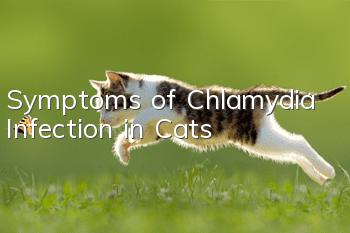What's wrong with my cat's paws being swollen?

Swollen cat claws may be caused by trauma, infection, skin disease, or bites from bees and other mosquitoes. It is recommended that the owner first check whether there are any wounds, foreign bodies, or bite marks on the cat's paws. If there are any, they need to consult a pet doctor in time to choose an appropriate treatment method and apply medicine. If there are no wounds, it is recommended that the owner take the cat to the pet hospital for examination in time, and treat the cat promptly after diagnosis.
1. Trauma infection
Trauma caused by cats due to fighting, being stabbed by sharp foreign objects, cracked nails, etc., if not treated in time, and the cat keeps licking the wound, it will This can cause the wound to become infected, causing the paw to become abnormally swollen. It is recommended that the owner carefully check whether there are wounds or foreign objects on the cat's paws. If there are any, they need to remove the foreign objects first, clean and disinfect the wound, and then apply some antibacterial, anti-inflammatory and wound healing drugs.
2. Suffering from skin diseases
If the cat’s feet suffer from skin diseases such as ringworm, the cat will lick its feet frequently because of itching. Over time, the cat will lick its feet frequently due to itching. This may cause inflammation of the cat's feet, resulting in swelling. Because the fungus on the claws can easily spread to other parts of the body, it is necessary to wear a collar on the cat first to prevent the cat from scratching the body, and then take the cat to the pet hospital for examination and treatment in time.
3. Being bitten by bees and other mosquitoes
After a cat’s paws are bitten by bees and other mosquitoes, local congestion and edema will occur, so it is recommended that the owner pay attention to whether there are any signs of infection on the cat’s paws. Traces of bites, especially bee stings on the skin. If a bee's tail stinger is found, the owner needs to use tweezers to take out the bee stinger immediately and apply iodophor for disinfection. If the owner cannot remove the bee sting or the cat develops symptoms such as skin swelling, rash, dizziness, fever, rapid breathing, etc., it is recommended that the owner take the cat to a pet hospital for timely anti-allergic treatment and removal of toxins from the affected area.
- What does it mean when a cat likes to rub its head against people?
- Can cats drink tea?
- Seven things to note when using anthelmintics for cats, a must-read for novice cat owners!
- Can cats sleep with people?
- Will you be punished for keeping a cat in a university dormitory?
- What should I do if my cat has mouth ulcers?
- Is Garfield cat easy to raise?
- How long do cats need to sleep a day?
- What should I do if my cat poops and smells bad?
- Cats always drop a pellet of poop on the ground



